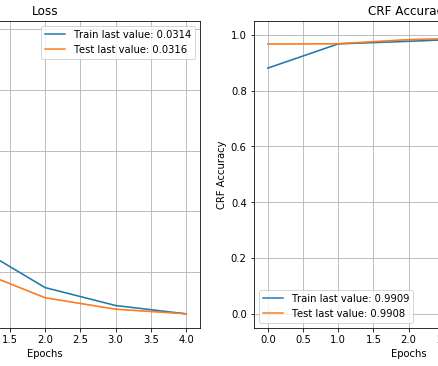Building a Named Entity Recognition model using a BiLSTM-CRF network
Domino Data Lab
JULY 1, 2021
In this blog post we present the Named Entity Recognition problem and show how a BiLSTM-CRF model can be fitted using a freely available annotated corpus and Keras. The model achieves relatively high accuracy and all data and code is freely available in the article. How to build a statistical Named Entity Recognition (NER) model.















Let's personalize your content